Common Death Adder Snake
- December 17, 2023
- 0 comment
The Common Death Adder (Acanthophis antarcticus) stands out as a distinctive and venomous snake native to Australia. Renowned for its potent neurotoxic venom, this species belongs to the Elapidae family, which includes other venomous snakes like cobras and coral snakes. The snake’s name is derived from its characteristic flattened, triangular head, resembling that of a viper.
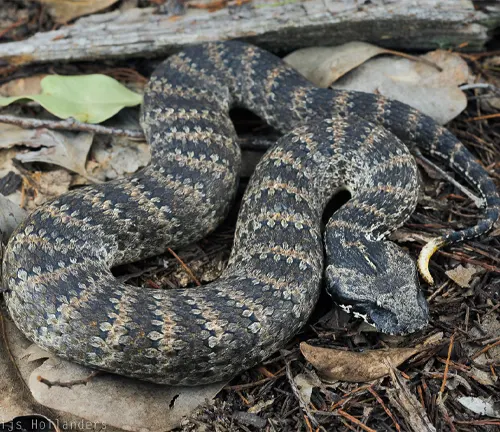
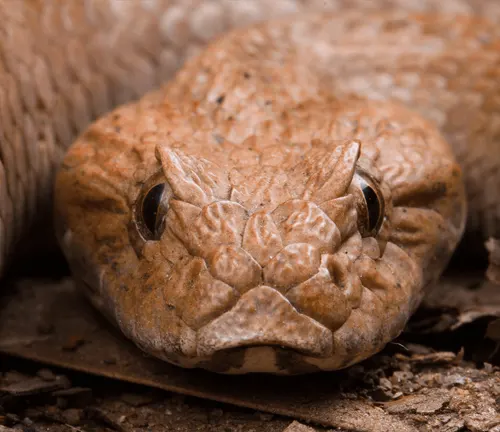
Despite its name, the Common Death Adder is not a true adder but rather a member of the elapid family. Known for its ambush hunting style, the snake employs a strategy of lying in wait for its prey, often camouflaging itself amidst leaf litter or sandy substrates. Sporting a short and stout body, the Common Death Adder features a series of distinctive bands and markings along its length, providing effective camouflage in its natural habitat.
While generally a solitary creature, encounters with humans can pose a threat due to its potent venom, making it essential to exercise caution and respect when navigating regions where these snakes are present. Conservation efforts are vital to ensuring the survival of this unique species and maintaining the delicate balance within Australia’s diverse ecosystems.
| Characteristic | Description |
|---|---|
| Scientific Name | Acanthophis antarcticus |
| Family | Elapidae |
| Length | Average 1 to 1.5 meters (3.3 to 4.9 feet) |
| Venom | Highly potent neurotoxic venom |
| Head Shape | Flattened and triangular, resembling a viper |
| Body Shape | Short and stout |
| Coloration | Varied, with distinctive bands and markings |
| Hunting Style | Ambush predator, lies in wait for prey |
| Habitat | Diverse habitats, including woodlands and deserts |
| Behaviour | Generally solitary, nocturnal |
| Camouflage | Effective at blending into leaf litter and sand |
| Conservation Status | Variable, some populations may be threatened |
| Geographic Range | Native to Australia |
| Human Interaction | Caution advised due to potent venom |
Venomous or Not Venomous?
One of the most intriguing aspects of the Common Death Adder is its venomous nature. Contrary to its name, it is not a true adder but belongs to the Elapidae family, which includes cobras and coral snakes. The snake possesses highly potent neurotoxic venom, emphasising the importance of understanding and respecting its presence in its natural habitat.
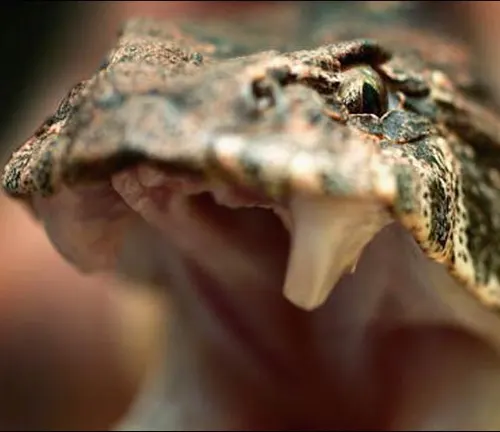
Ecological Importance
Within the intricate web of Australia’s ecosystems, the Common Death Adder plays a crucial role. As an ambush predator, its hunting strategy helps control the population of small mammals and reptiles, contributing to the balance of the food chain. Understanding its ecological significance sheds light on the interconnections of species within its habitat.
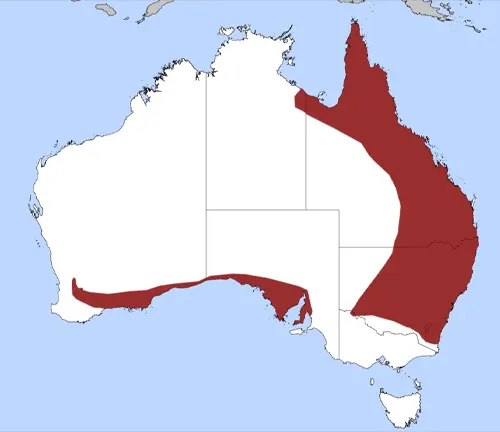
Habitat
The Common Death Adder’s habitat spans diverse landscapes, from woodlands to deserts. Its ability to adapt to various environments showcases the snake’s resilience. The choice of habitat, often blending into leaf litter or sandy substrates, reflects its evolutionary adaptation for camouflage and ambush hunting.
Behaviour
A creature of the night, the Common Death Adder exhibits nocturnal behaviour. Its solitary nature and ambush hunting tactics make it a fascinating subject for behavioural studies. Exploring the snake’s behaviour provides insights into its survival strategies and interactions within its ecosystem.
Art and Culture
Throughout history, snakes have held symbolic significance in various cultures. The Common Death Adder, with its distinctive features and potent venom, has become a subject of fascination and fear in art and mythology. Understanding its cultural impact adds a layer of richness to our appreciation of this enigmatic species.
Survival
Survival in the wild demands a set of unique skills, and the Common Death Adder has evolved to thrive in its challenging environment. From its ambush hunting techniques to its ability to camouflage seamlessly, each aspect of its survival strategy contributes to its success as a predator.
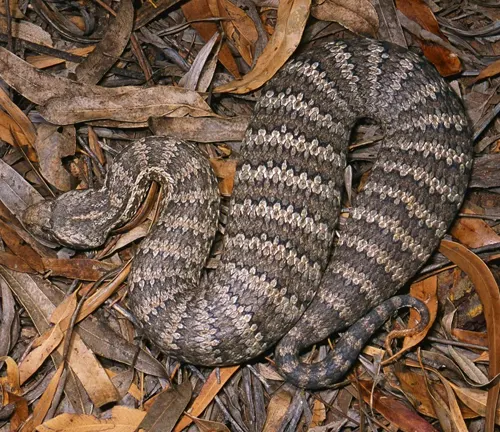
Conservation
The conservation of the Common Death Adder is essential for maintaining biodiversity in Australia. While some populations may face threats, conservation efforts aim to protect their natural habitats and raise awareness about the importance of coexisting with these remarkable creatures. Balancing human activities with wildlife preservation is crucial for the survival of this species.
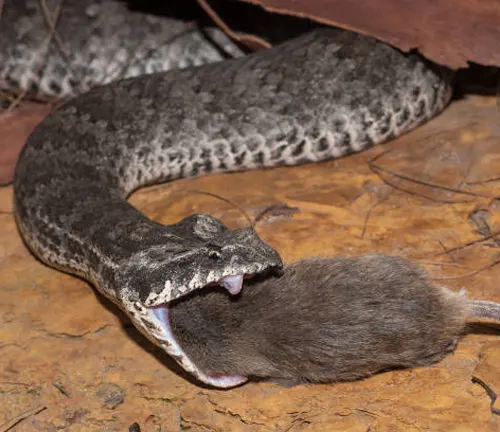
Common Food
The Common Death Adder’s diet primarily consists of small mammals and reptiles. Understanding its feeding habits provides valuable insights into the ecological dynamics of its habitat and emphasises the interconnections of species within the ecosystem.
Benefits
Despite its fearsome reputation, the Common Death Adder contributes to the ecosystem’s health by controlling the population of certain prey species. Additionally, the venomous nature of the snake has potential pharmaceutical applications, with researchers studying its toxins for medicinal purposes.
Different Species
Acanthophis antarcticus
Common Death Adder
Found in various regions of Australia, it is the most well-known species of the genus. This snake is characterise by its distinct appearance, potent venom, and ambush hunting strategy.


Acanthophis hawkei
Northern Death Adder
Endemic to northern parts of Australia, this species is closely related to the Common Death Adder. It has similar habits, including ambush hunting and a preference for wooded habitats.
Acanthophis praelongus
Pilbara Death Adder
Inhabiting the Pilbara region of Western Australia, this species is known for its adaptation to arid environments. It has a unique appearance and behaviour compared to other death adders.

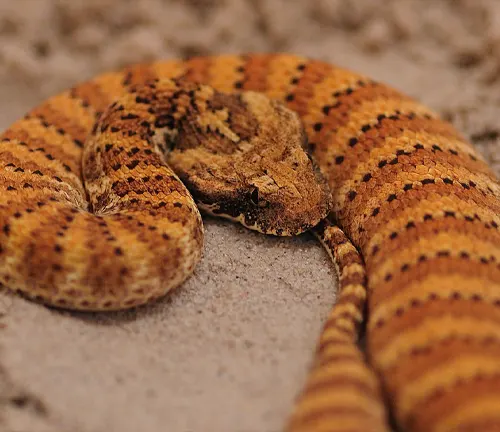
Acanthophis pyrrhus
Desert Death Adder
Found in arid regions of Australia, this species is well-adapted to desert environments. It displays specialised coloration and markings suited for blending into sandy landscapes.
Acanthophis wellsi
Wells’ Death Adder
Endemic to the Northern Territory and Western Australia, Wells’ Death Adder is named after herpetologist Richard Wells. It exhibits characteristics similar to other members of the Acanthophis genus.

Conclusion
In conclusion, the Common Death Adder Snake is a fascinating and integral part of Australia’s biodiversity. Its botanical beauty, venomous nature, ecological importance, and cultural significance contribute to the rich tapestry of the natural world. Conservation efforts and a deeper understanding of this species are crucial for fostering a harmonious coexistence between humans and these remarkable creatures in the ever-changing landscapes they call home.
Frequently Asked Questions (FAQs)
1. What is the Common Death Adder?
The Common Death Adder (Acanthophis antarcticus) is a venomous snake native to Australia. Despite its name, it is not a true adder but belongs to the Elapidae family.
2. How venomous is the Common Death Adder?
The Common Death Adder is highly venomous, possessing neurotoxic venom that can be potent enough to be dangerous to humans. Bites require prompt medical attention.
3. Where is the Common Death Adder found?
The species is distributed across various regions of Australia, including woodlands, forests, and deserts. Its ability to adapt to diverse habitats makes it widespread.
4. What does the Common Death Adder look like?
It has a distinctive appearance with a flattened, triangular head and a short, stout body. The snake is often marked with bands and intricate patterns for effective camouflage.
5. How does the Common Death Adder hunt?
The snake is an ambush predator, lying in wait for prey to approach. It uses its camouflage to blend into the surroundings and strikes quickly when a potential meal is within range.
6. Is the Common Death Adder nocturnal?
Yes, the Common Death Adder is primarily nocturnal, meaning it is most active during the night. This behaviour is aligned with its ambush hunting strategy.
7. Are Common Death Adders dangerous to humans?
Yes, Common Death Adders pose a threat to humans due to their venomous nature. Bites can be serious and require immediate medical attention.
8. How can one avoid Common Death Adder encounters?
To avoid encounters, it’s essential to be cautious when navigating areas known to be inhabited by Common Death Adders. Wear appropriate footwear and clothing and be aware of your surroundings.
9. What is the conservation status of the Common Death Adder?
The conservation status can vary, with some populations facing threats. Conservation efforts focus on protecting their habitats and raising awareness to ensure their survival.
10. Are Common Death Adders protected by law?
In many regions, native wildlife, including Common Death Adders, is protected by laws and regulations. It is illegal to harm or kill them.





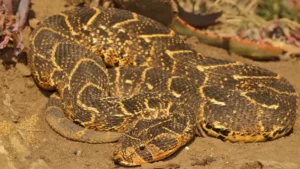
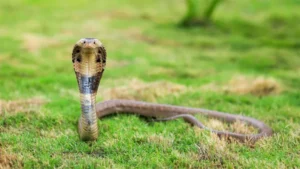
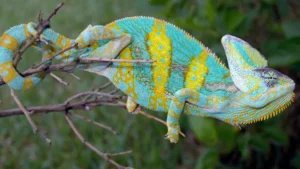


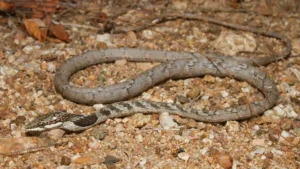
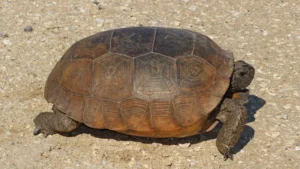


Leave your comment